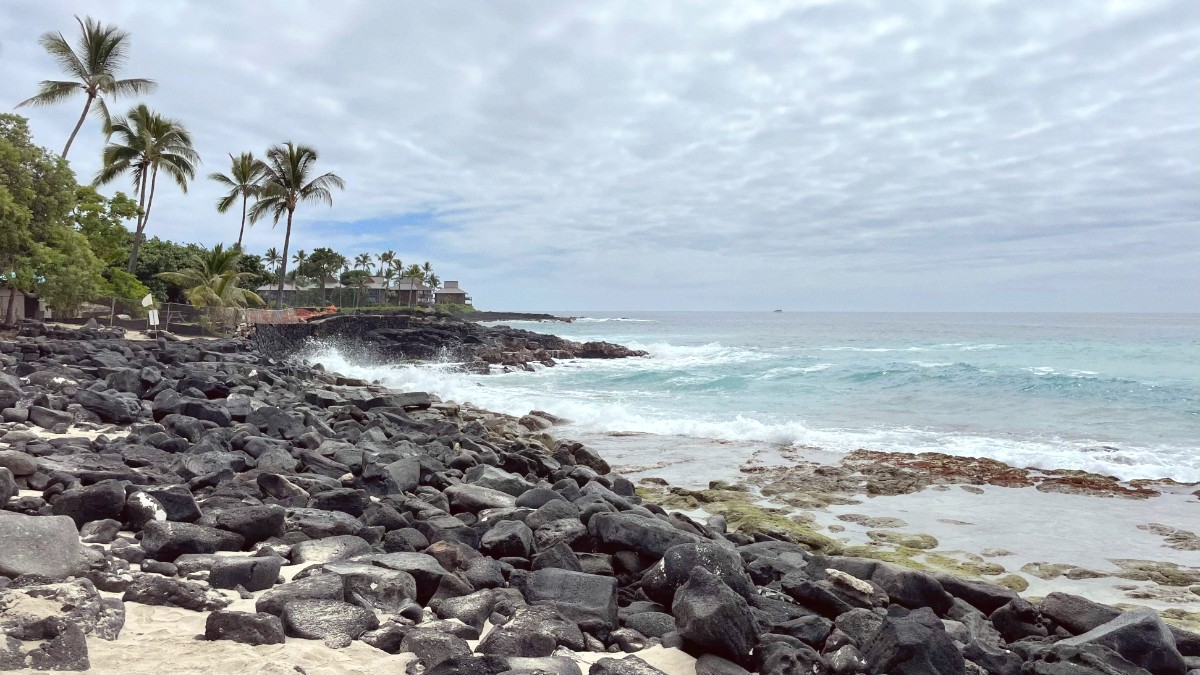
Hawaii, USA
There is no universal "Kona pass" offering discounts across many attractions. Some activity bundles or multi-attraction passes might be offered by specific tour companies if you book multiple excursions with them. Check for AAA or AARP discounts if you are a member, as some hotels or car rentals might offer these.
Maximize your time enjoying Kona, not waiting or driving.
Learn from common mistakes and embrace local ways to refine your experience.
Tailor these tips to your travel companions.
Carry a small amount of cash for small purchases, food trucks, or situations where credit card machines might not be available or reliable.
These online tools are invaluable for planning and navigating your visit.
Google Maps/Waze (download offline maps for spotty cell service), Uber/Lyft, Yelp/OpenTable, a local weather app (e.g., Hawaii News Now or KHON2 Weather), airline apps, and optionally a Hawaiian Language Dictionary.
Hawaii Tourism Authority, Big Island Visitors Bureau, Hawaii State Parks, Hele-On Bus, USGS Hawaiian Volcano Observatory (HVO), and Mauna Kea Weather Center.
Follow official local tourism boards (e.g., @GoHawaii on Instagram) for inspiring content and updates. Follow local news channels (e.g., Hawaii News Now) on social media for real-time weather alerts and local event announcements. Search for "Hawaii travel podcasts" or "Big Island podcasts" for travel insights, local stories, and cultural context.
West Hawaii Today: The local newspaper for current events, local news, and happenings in the Kona region. Free visitor guides and magazines are widely available at the airport and in hotel lobbies and frequently contain maps, event listings, and advertisements for tours and restaurants.
Listen to local podcasts for insights into island life.
Connect with other travelers and locals for tips and current information.
Basic Hawaiian phrases enrich interactions and show respect.
Before you leave, store copies of your passport, visa, flight itinerary, and hotel reservations in a secure cloud storage service or email them to yourself. This way, you can access them even if your physical documents are lost.
Witness the raw power of volcanic landscapes at Hawaii Volcanoes National Park, a powerful reminder of Earth's dynamic forces.
Connecting with marine life through snorkeling or diving in Kona's crystal-clear waters, especially the iconic manta ray night snorkel, nurtures a deep appreciation for the ocean.
Immersing yourself in the "Aloha Spirit" and the relaxed pace of island life encourages mindfulness and a slower approach to daily living.
Experiencing the profound tranquility and spiritual significance of ancient Hawaiian sites like Puʻuhonua o Hōnaunau makes quiet reflection on history and culture possible.
Gaining insight into the unique blend of cultures that have shaped Hawaii, from Polynesian roots to Asian and Western influences.
Values: Understanding 'ohana (family), malama 'aina (care for the land), and aloha (love, compassion, greeting) presents insight into Hawaiian values.
Appreciating the resilience and rich heritage of the Hawaiian people through their history, art, and traditions.
Gaining insight into the unique blend of cultures that have shaped Hawaii, from Polynesian roots to Asian and Western influences.
Share your sustainable and responsible travel practices with others.
Encourage friends and family to adopt similar habits when they travel.